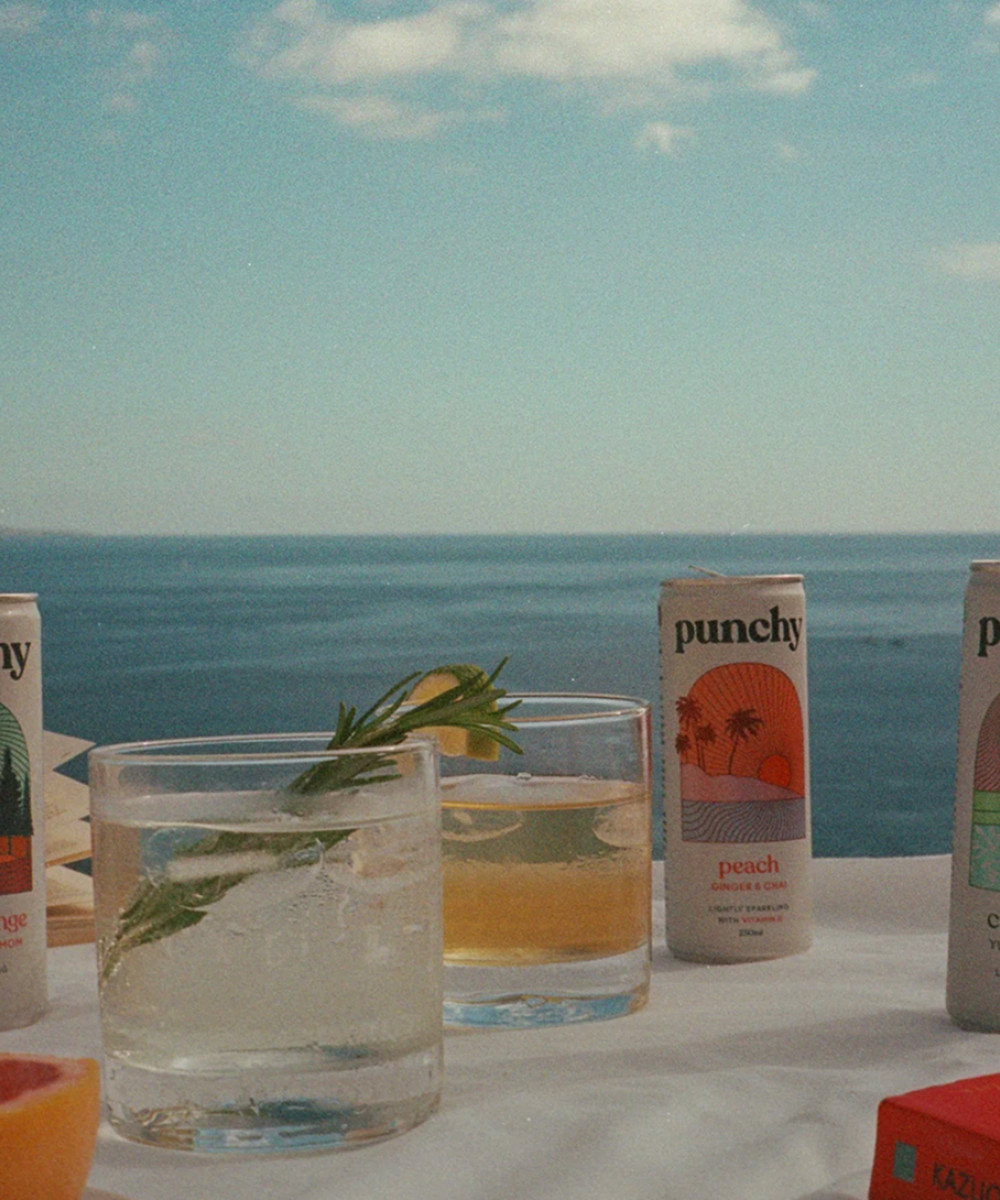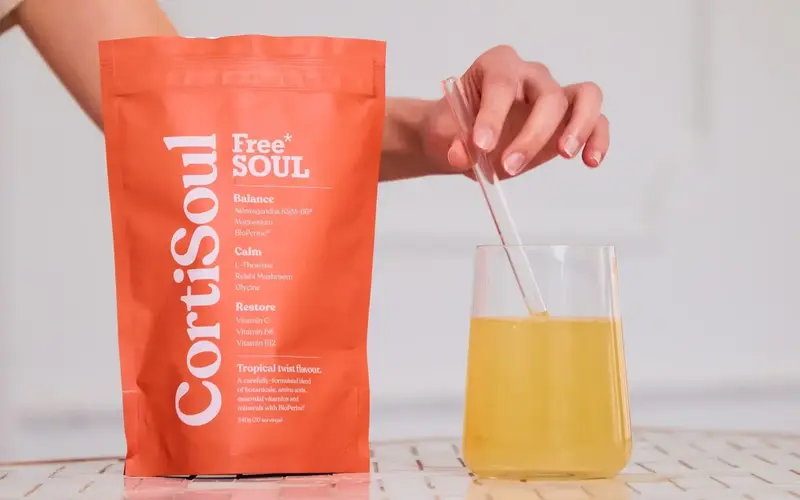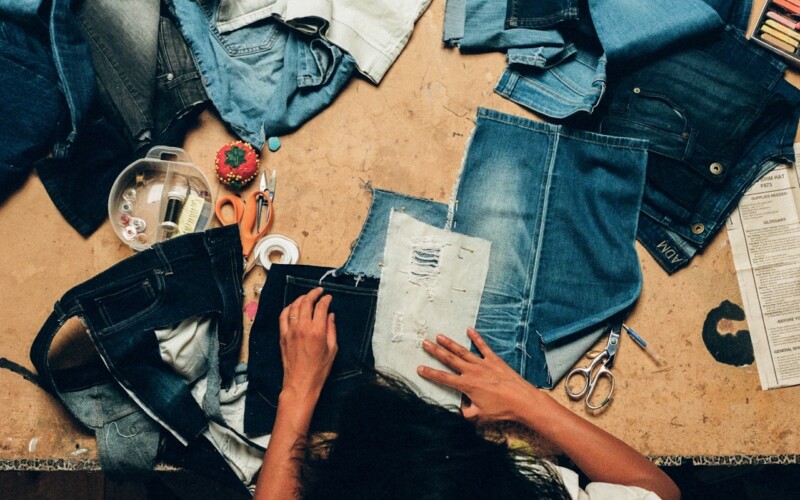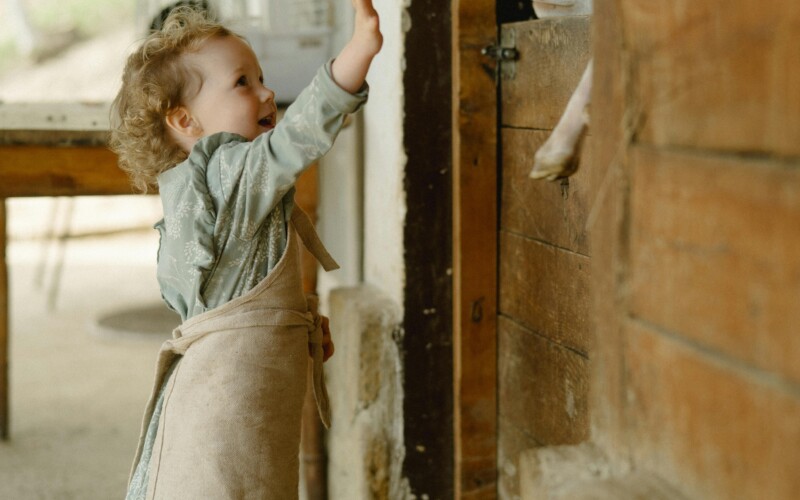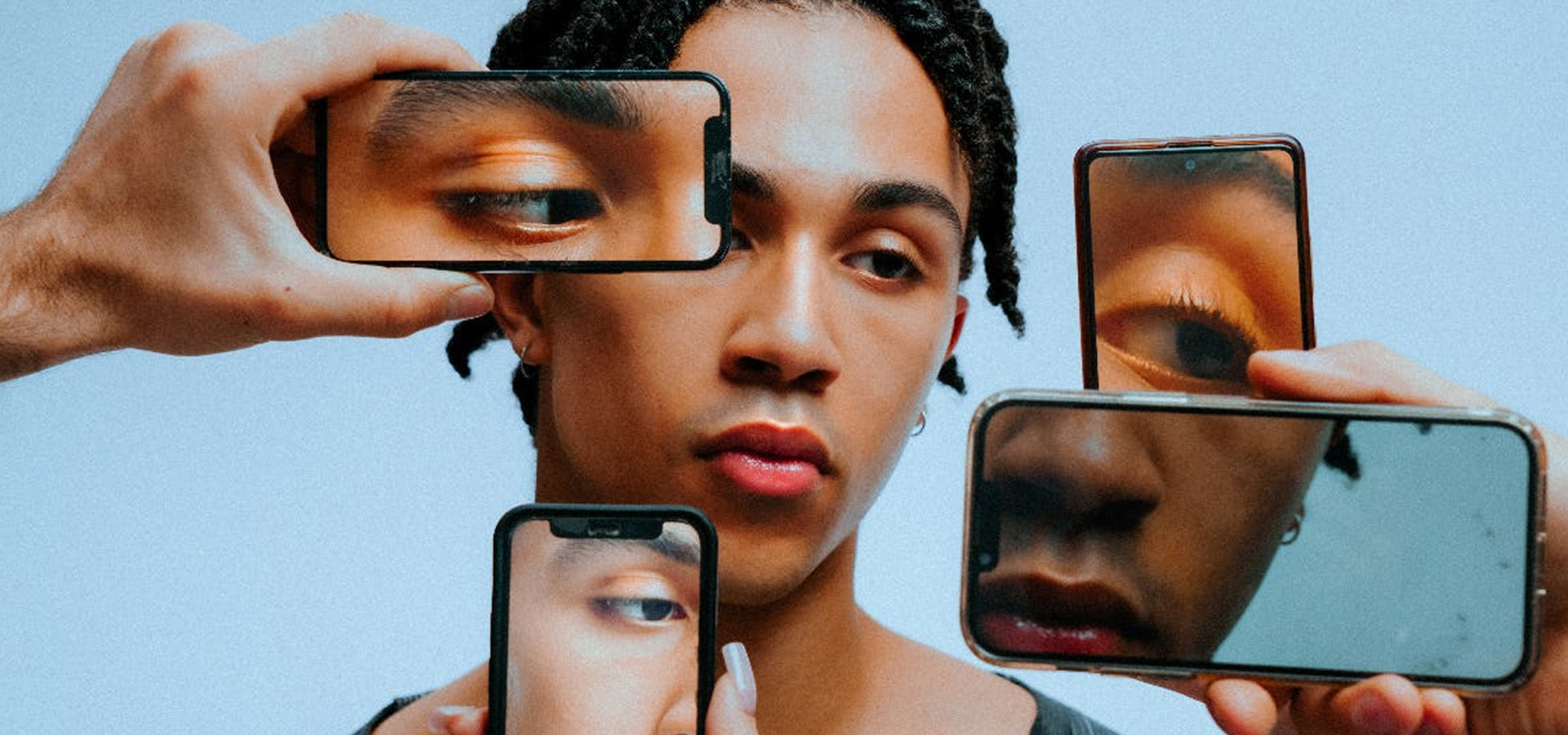Hello Earth Named One of Campaign’s Best Places to Work 2025
Hello Earth has been named one of Campaign’s Best Places to Work 2025, and yes—we’re buzzing.
This isn’t some vanity tick-box. It’s a legit, data-backed, people-powered recognition that we’re doing something right. Campaign partnered with Workforce Research Group to grill hundreds of agencies. Only 100 made the cut. And Hello Earth? We’re on the list.
